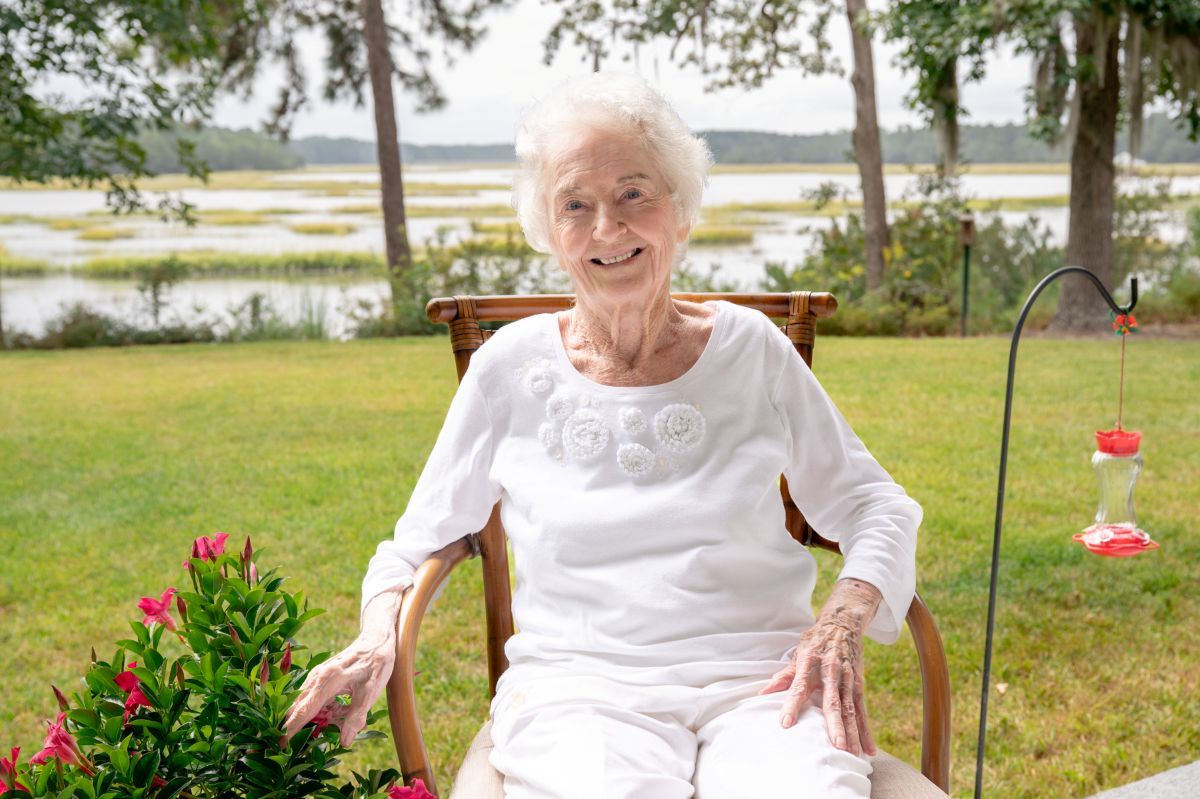By Sally Mahan
More than $50 million in damages. $269 million in FEMA settlements. 1.6 million cubic yards of debris. 64,000 hanging limbs. 3,200 trees downed.
Those are just a few of the numbers related to Hurricane Matthew’s impact on Beaufort County (not including Hilton Head Island), which barreled into the Lowcountry on Oct. 8, 2016, as a Category 1 hurricane with highs of 88 mph winds.
But the most significant number related to Hurricane Matthew is zero.
That’s the number of people who were killed in the county, and that’s why it’s so important to stay vigilant and learn from the lessons that Matthew taught us, say officials.
The 2017 Hurricane season officially starts on Thursday, June 1, and extends through Nov. 30.
This season is predicted to be an active one, with 17 named storms and five to nine hurricanes, according to the National Oceanic and Atmospheric Administration. Two to four of those hurricanes could be major storms with sustained winds of at least 111 mph.
The concern is that warm ocean waters could mean an above-normal Atlantic hurricane season because El Nino conditions are expected to be scarce. El Nino is the natural warming of parts of the Pacific Ocean that changes weather worldwide and tends to reduce hurricane activity in the Atlantic.
In fact, a rare tropical storm developed in April in the Atlantic. Tropical Storm Arlene didn’t threaten any land, but a named storm in April is very rare. The last time a named storm formed in the Atlantic in April was Ana in 2003.
The 2016 hurricane season also started early with a January hurricane. It was the first above-normal season since 2012, with 15 named storms, seven of which were hurricanes, with four of them major.
The good news is that a new weather satellite will help forecasters see developing storms in greater detail, according to NOAA.
Here are some tips from the National Weather Service to get ready for hurricane season.
Check your insurance
Call your insurance company or agent now and ask for an insurance check-up to make sure you have enough homeowners insurance to repair or even replace your home.
Don’t forget coverage for your car or boat. Remember, standard homeowner’s insurance doesn’t cover flooding. Whether you’re a homeowner or renter, you’ll need a separate policy for it, and it’s available through your company, agent or the National Flood Insurance Program at www.floodsmart.gov.
Flood insurance requires a 30-day waiting period.
Prepare your home
If you plan to ride out the storm in your home, make sure it is in good repair and up to local hurricane building code specifications.
Many of these retrofits do not cost much or take as long to do as you may think.
Have the proper plywood, steel or aluminum panels to board up the windows and doors. Remember, the garage door is the most vulnerable part of the home, so it must be able to withstand the winds.
Have an evacuation plan
When officials say it’s time to go, pay attention. If you choose to stay during a hurricane, you will not have access to emergency services. In other words, you’re on
your own.
If you plan to evacuate, know your hurricane evacuation route by visiting www.sctraffic.org/evacroutes.html.
Next you’ll need to figure out where you’d go and how you’d get there if told to evacuate.
Identify someone, perhaps a friend or relative who doesn’t live in a hurricane zone, and work it out with them to use their home as your evacuation destination. Be sure to account for your pets, as most local shelters do not permit them. Put the plan in writing for you and those you care about.
Shelters will also be available and locations will be announced by local authorities at the time of evacuation.
Put together a hurricane kit
As we learned from Matthew, preparation is key.
You’re going to need supplies not just to get through the storm but for the potentially lengthy and unpleasant aftermath, according to the National Weather Service.
Have enough non-perishable food, water and medicine to last each person in your family a minimum of one week
You’ll also need extra cash, a battery-powered radio and flashlights and a portable, crank or solar powered USB charger.
If you decide to stay in your home after a disaster, you should have a three-day supply of food and water (plan for a gallon of water per person per day and food that won’t spoil.
Also, keep a manual can opener and emergency tools such as a fire extinguisher, battery-powered radio and flashlights and plenty of batteries.
Also, be sure to have the following items:
• Cash (banks and ATMs may not be available for extended periods)
• A full tank of gas.
• Food and water (don’t forget water and food for pets, too)
• First aid kit
• Prescription drugs
• Toiletries
• Any special items for babies and the elderly
• Personal papers such as copies of birth certificates and other important documents
• Insurance papers
Getting information
In the wake of Hurricane Matthew and in the interest of providing a consistent message, the Beaufort County Sheriff’s Office, in coordination with other governmental and public utility entities serving Beaufort County, has made improvements to public information.
In the event of an emergency or natural disaster, the county primarily communicates with the public via e-mail and text through its NIXLE alert and advisory system, which links to social media sites such as Facebook and Twitter.
County officials are asking residents to visit www.bcso.net and subscribe to the NIXLE alert and advisory system to receive up-to-date information from the Beaufort County Sheriff’s Office.
In addition, there will be an alert link at www.bcso.net, where those who have not subscribed to NIXLE can also access information.







